THOMAS EAKINS
(July 25, 1844 – June 25, 1916)
One of my favorite “gay” artists and photographers is Thomas Eakins. Though married, many art historians theorize Eakins would be considered bisexual if not predominately homosexual by today’s standards.
Born in Philadelphia in 1844, Thomas Eakins was a Renaissance man of his time—a painter, photographer, sculptor, and even a scientist with formal studies in medicine.
Eakins spent most of his life in Philadelphia, teaching and creating art, leaving the city only to study art in Paris and Spain for a few years.
Though he may not have achieved the commercial success of some of his contemporaries, Eakins was a respected figure among his peers and a dear friend to luminaries like Walt Whitman.
His work spanned a variety of mediums and subjects, from intimate portraits and meticulous studies to groundbreaking photographic processes and artistic nudes.
His passion for the human form and its representation in art was so profound that it ultimately led to his dismissal from his teaching position after he removed a model's loincloth in a mixed-gender class, scandalizing the puritanical values of the time.
Eakins' legacy owes much to the dedication of his widow, who, like Vincent van Gogh's sister-in-law, ensured that his contributions to the art world were recognized and celebrated after his death in 1916.
After his death, in 1917, the artist Robert Henri wrote an open letter to the Art Students League, Eakin’s former employer, about him:
“Thomas Eakins was a man of great character. He was a man of iron will and his will to paint and to carry out his life as he thought it should go. This he did. It cost him heavily but in his works we have the precious result of his independence, his generous heart and his big mind. Eakins was a deep student of life, and with a great love he studied humanity frankly. He was not afraid of what his study revealed to him. In the matter of ways and means of expression, the science of technique, he studied most profoundly, as only a great master would have the will to study. His vision was not touched by fashion. He struggled to apprehend the constructive force in nature and to employ in his works the principles found. His quality was honesty. ‘Integrity’ is the word which seems best to fit him. Personally I consider him the greatest portrait painter America has produced.”
Robert Henri
VINTAGE PHOTOS
MUSIC
Laura Metcalf / J. S. Bach: Cello Suite No. 2 in D minor, BWV 1008 IV. Sarabande
Mira Ma + Eric Jacobsen + Odyssey Orchestra / Mozart: Piano Concerto No. 23 in A major, K. 488: I. Allegro
Blair McMillen + Conway Kuo / Mozart: Violin Sonata in E minor, K. 304 II. Tempo di minuetto
Conway Kuo + Blair McMillen / Mozart: Violin Sonata in G major, K. 301 I. Allegro con spirito
Courtesy Of Epidemic Sound
MORE FROM COLLIDE PRESS
Bluesky + Ko-Fi + Linktree + Shop
+ Storefront + Threadless + YouTube






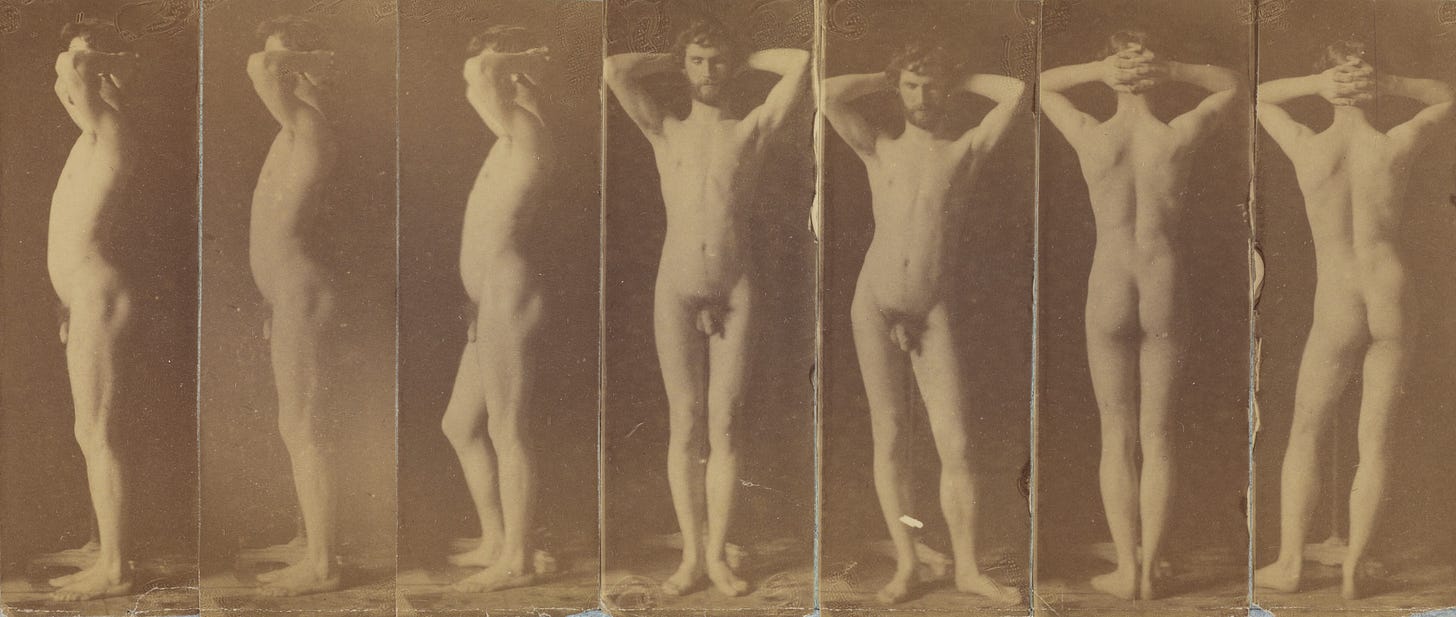
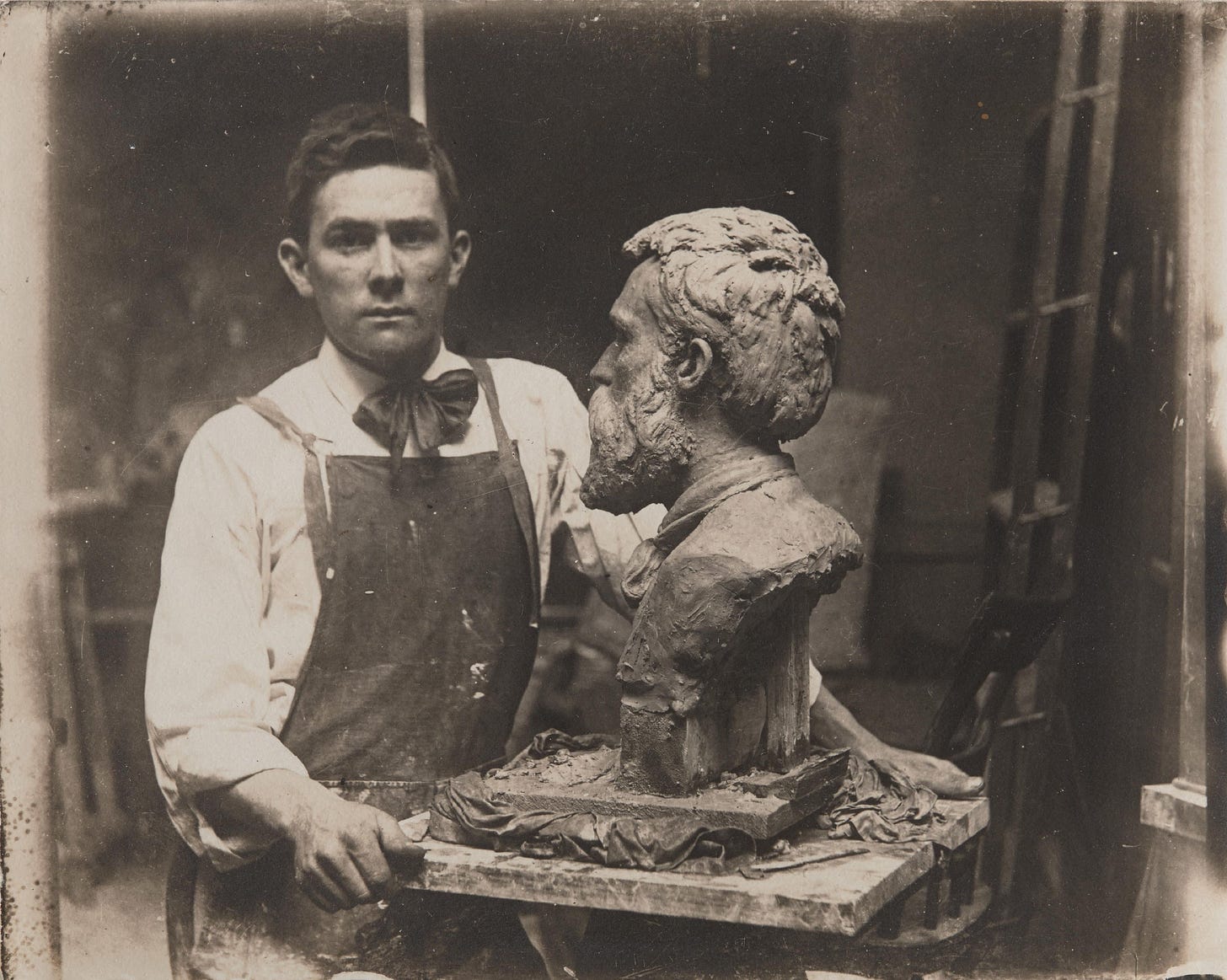
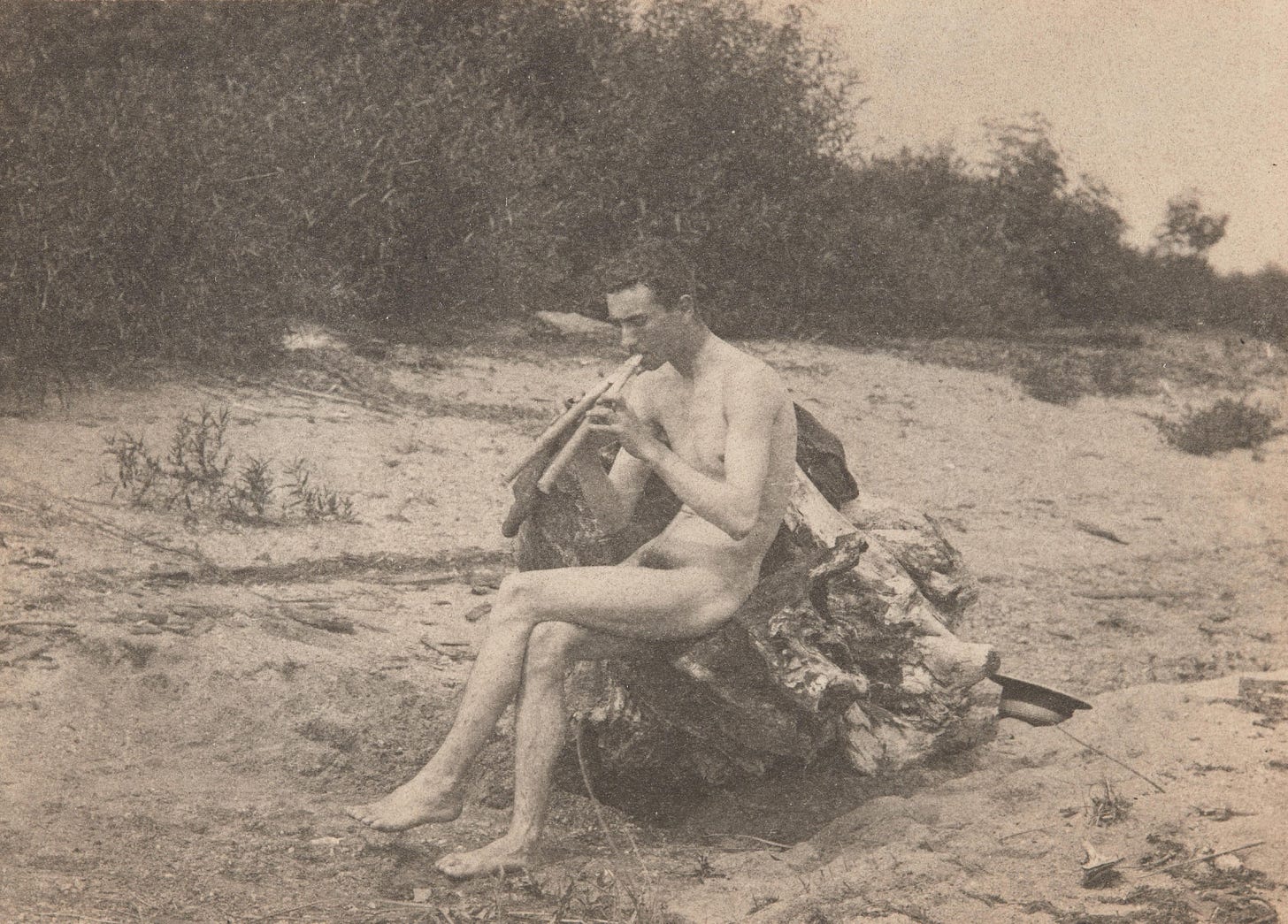
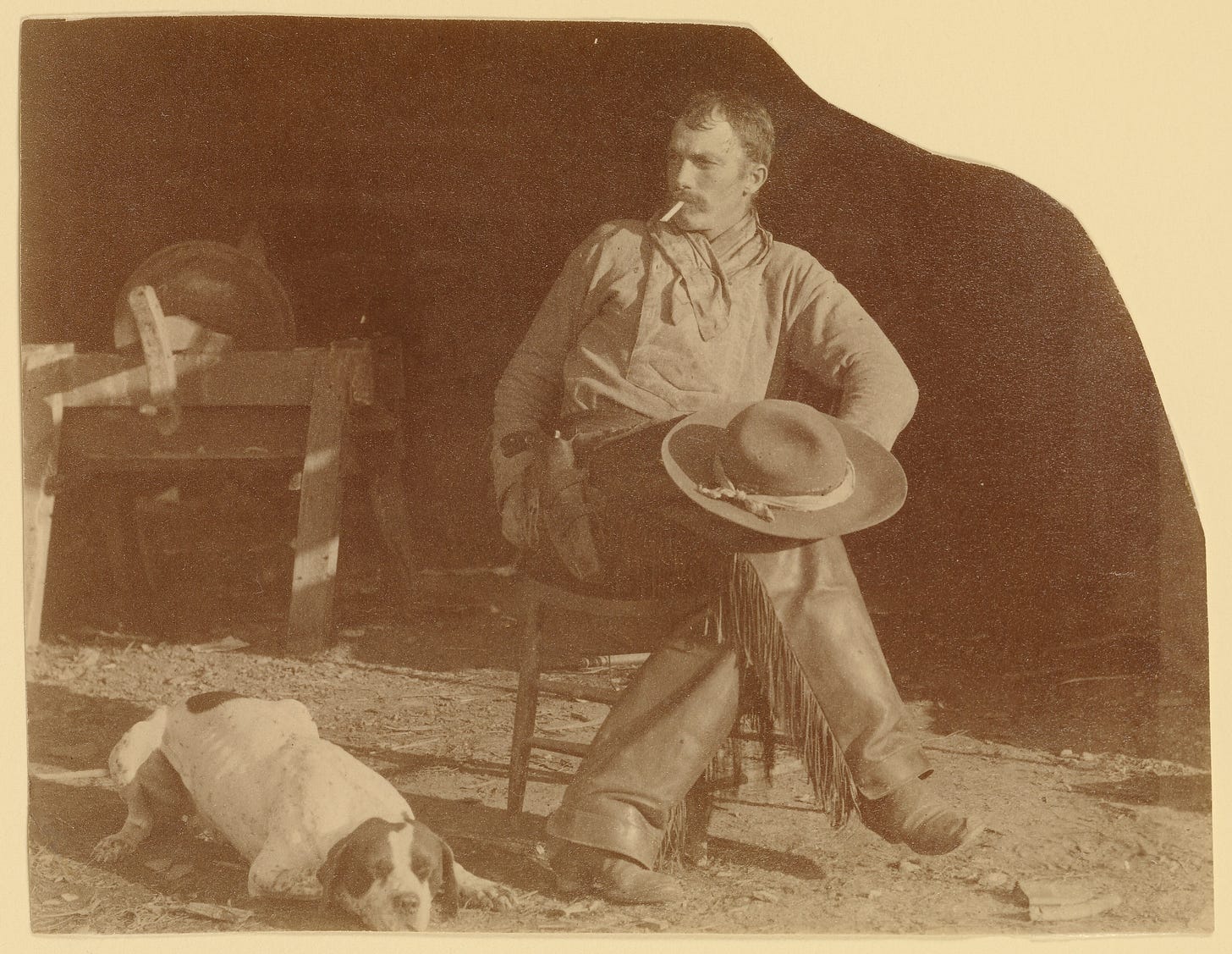









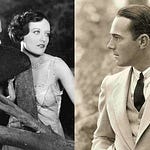

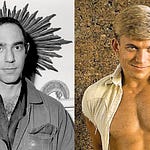



Thank You once again Clint! I'm sure I've seen this before and it was a pleasure to take in again! I enjoy really most things having to do with the arts and I attended and graduated university in this field. I quite enjoy figurative art and portraiture. My fantasy is to completely devote the rest of my life to do just this without the pressure of curriculum dictates, but to share experience with other like minded artists as well as mentors. In the meantime I do what I can and am grateful for it. I appreciate your interest and the work you do to cover this material and the various artists involved. The history of Eakins and his art, some of which I recognized, is important and valued to this day and beyond, so thank you once again!
Glad you enjoyed revisiting Mr. Eakins. I recently visited The Huntington and saw a portrait he did of one of his students who went on to have a good career…love the student as subject genre. So much history and love.
I knew of Eakins fame as a painter, but I had no idea he was also a skilled photographer and sculptor.
Seems he was a real Renaissance man. Like a lot of “generalists,” he did not get enough credit imo for all he did. He and F. Holland Day were a big part of the push to consider photography an art form here in the US around the time Wilhelm von Gloeden was doing this thing in Europe. Glad you enjoy Eakin’s work too!